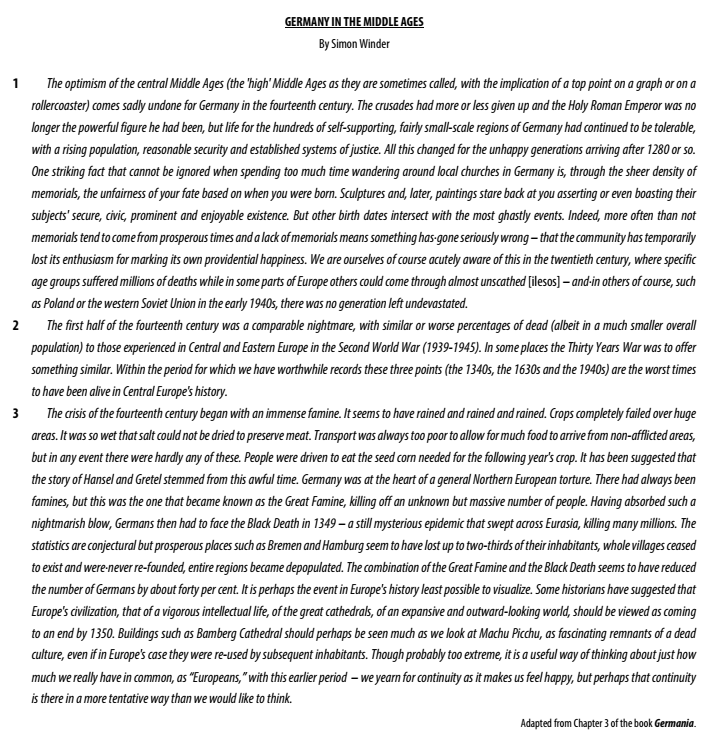Thematic Discussion on Nuclear Weapons
The United States remains committed to the goal of nuclear disarmament, and to seeking to create conditions toward that end. And history makes clear that important progress can be made when security conditions allow. The easing of Cold War rivalries allowed the United States and Russia to make significant steps toward the shared dream of eventual nuclear disarmament after decades in which such movement was impossible. Disarmament success is predicated on patience, attention to detail, effective verification, and patient attention to the challenges of effecting the changes in the security environment that are necessary for progress. This last element is critical, considering the crucial role that nuclear deterrence plays in preserving and protecting international peace and security, and the potentially catastrophic consequences were deterrence’s restraining effect to be removed while it still remains necessary.
The “Treaty on the Prohibition of Nuclear Weapons” violates all these tenets. Its obligations are longstanding worded, imprecise, vaguely worded and sometimes internally contradictory, while offering only an empty shell for verification. Worse, it is fundamentally at odds with today’s security challenges. It is not simply an unproductive instrument; it is likely to be a counterproductive one, with the potential to cause lasting harm to the nonproliferation regime and to the cause of disarmament alike.
The ban treaty is based on the premise that addressing crucial international security issues is not necessary for disarmament. Ban treaty proponents would have us believe that we can do away with nuclear deterrence despite - to cite just one example - the danger posed by North Korea’s relentless pursuit of nuclear weapons and associated delivery systems, which stand in flagrant violation of international law.
Furthermore, the Treaty does not contain a credible verification mechanism, demurring on the issue almost entirely. It does run counter to decades of progress in nonproliferation verification by endorsing the International Atomic Energy Agency (IAEA) Comprehensive Safeguards Agreement as its standard for safeguarding nuclear material.
Finally, the ban treaty has the potential to do real damage to the Non Proliferation Treaty (NPT) in other ways. It exacerbates political tensions on disarmament, dividing states into overly-simplified camps of “nuclear weapons supporters” and “nuclear weapons banners,” rather than recognizing shared interests – especially on the challenges involved in creating the conditions that would make possible further disarmament progress. Reinforcing this false dichotomy and worsening the world’s polarization on disarmament will make further progress within the institutions that have been vehicles for success, such as the NPT review process, significantly more difficult.
Inspired by the NPT Preamble’s acknowledgement of the need to ease international tension and strengthen trust between States in order to facilitate disarmament, the United States stands ready to work with others on effective measures to create improved conditions for nuclear disarmament. This work is focused on overcoming technical challenges to make substantive progress when the security conditions improve. We also continue our longstanding work to support and strengthen the global nonproliferation regime against the many challenges it faces today, for who could deny that there can be no way to envision today’s nuclear weapons possessors ever putting down such tools without rock-solid assurances that no one else will take them up?
There are no shortcuts to nuclear disarmament. Unrealistic attempts to skip to the finish line have the potential to undermine the institutions and standards we have worked so hard to build. Our collective experience demonstrates that inclusiveness and the search for consensus can lead to progress, while polarization is a recipe for failure. We urge all states to work with us in searching for common solutions to collective problems, pursuing a more secure world.
Considerando-se os elementos de estrutura e forma da língua inglesa, constata-se que




